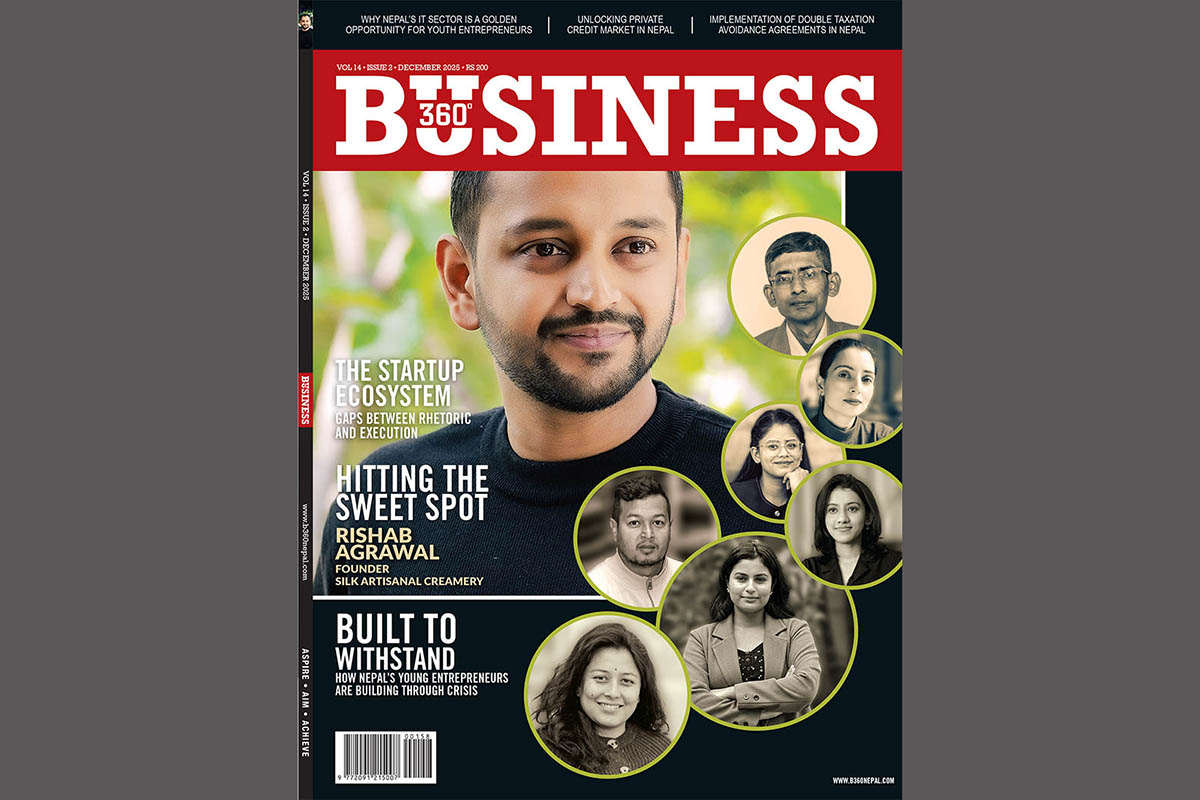A century-old treasure trove lies largely unexplored
Harvard Business School is a revered name in the sphere of business management education and research. Though figuring at number four along with Stanford in the Financial Times’ 2023 ranking of the world’s leading 100 business schools, Harvard’s legacy and pedigree have endured for over a century.
Contextually, FT’s ranking places Indian School of Business at #39, the Indian Institute of Management - Ahmedabad at #51 and IIM - Bangalore at #52 in the Indian sub-continent. Other high ranking Asian B-schools include Ceibs China at #20, Shanghai University China at #23, National University Singapore at #25, Nanyang Business School Singapore at #38 and Fudan University China at #48. Measured by different parameters, even the most renowned management education institutions tend to move up and down the rankings year to year.
But HBS’s affiliate publication Harvard Business Review has managed to hold its own for a century since its inception in 1922. Practitioners, researchers, educators and students of management look up to HBR which is published six times a year and commands a circulation of over 250,000 copies per issue. Known for its transformative and innovative ideas, it is held in the highest esteem among general management magazines. Ever since the present editor, Adi Ignatius, took over the reins in January 2009, HBR has veered towards practical management ideas which are timely and easy-to-understand and implement. This editorial approach has brought the journal closer to managers who see a friend, philosopher and guide in it. The erudite writers are deeply rooted in day-to-day management practice, teaching, research and consultancy. No wonder, HBR is perceived as a business school in itself.
That being the case, wouldn’t it be rewarding to access HBR’s essence in the form of its most popular and impactful articles of ‘all time’? Yes, that has become possible through ‘Big Ideas Series – 100 years of HBR’ in celebration of the journal’s century in business management publishing. The series is an aggregation of readers’ favourites through the years.
Here are a few of the most path-breaking pieces that have helped readers tread the right course over decades. You may access them one by one for in-depth perusal. Let us start with the very basics.
15 Rules for Negotiating a Job Offer, a 2014 article by Harvard professor Deepak Malhotra, offers remarkable tactics for pulling off job discussions. How to Write a Cover Letter by Amy Gallo in 2014 and updated in 2020 shows the way a cover letter can still change the game in your favour. The piece draws readers in droves even now.
Among the life-altering articles in HBR, the top spot is occupied by the 1996 piece What is Strategy? by HBS professor Michael Porter. Widely respected as the father of the modern strategic field, Porter says strategy is ‘about choosing a unique, valuable position that’s rooted in systems of activities that are hard for other companies to match, providing competitive advantage’. He explains the difference between operational effectiveness and strategy.
Finding happiness in our careers is of utmost importance. Late HBS professor, Clayton M Christensen, opined that one should evaluate and value personal lives just as seriously as professional ones. In his 2010 article headlined - How Will You Measure Your Life? - Christensen raised three pertinent questions: How will you find happiness in your career? How will you find happiness in your personal relationships? How will you live your life with integrity? Based on his own experience, the scholar said that building up others was most rewarding.
In their 2007 article Manage Your Energy, Not Your Time, authors Tony Schwartz and Catherine McCarthy stated, ‘The core problem with working longer hours is that time is a finite resource’, energy, the duo opined, ‘can be systematically expanded and rewarded with a few simple interventions’.
Talking years earlier in 1999 in almost a similar vein in Managing Oneself, Peter Drucker, who created the bedrock of management education, described how one can rise from ordinariness to excellence by assessing one’s positives and creating skills.
What Makes a Leader? published in 2004, is a tribute to emotional intelligence (EI) which is so much in vogue today. Psychologist and author Daniel Goleman will help you understand what comprises EI — self-awareness, self-regulation, motivation, empathy and social skill. The current management world is realising how important it is to select and assess leaders with these metrics in mind. Intelligence quotient still has its place but it no longer commands the position it did earlier.
Defining the difference between leadership and management in What Leaders Really Do in 1990, top-selling author John P Kotter wrote, ‘Management is about coping with complexity. Leadership, by contrast, is about coping with change’. Enterprises can steer through volatility and turmoil only when they gain mastery over both.
HBR’s Big Ideas Series is a treasure trove. The deeper you dig the more you gain.


